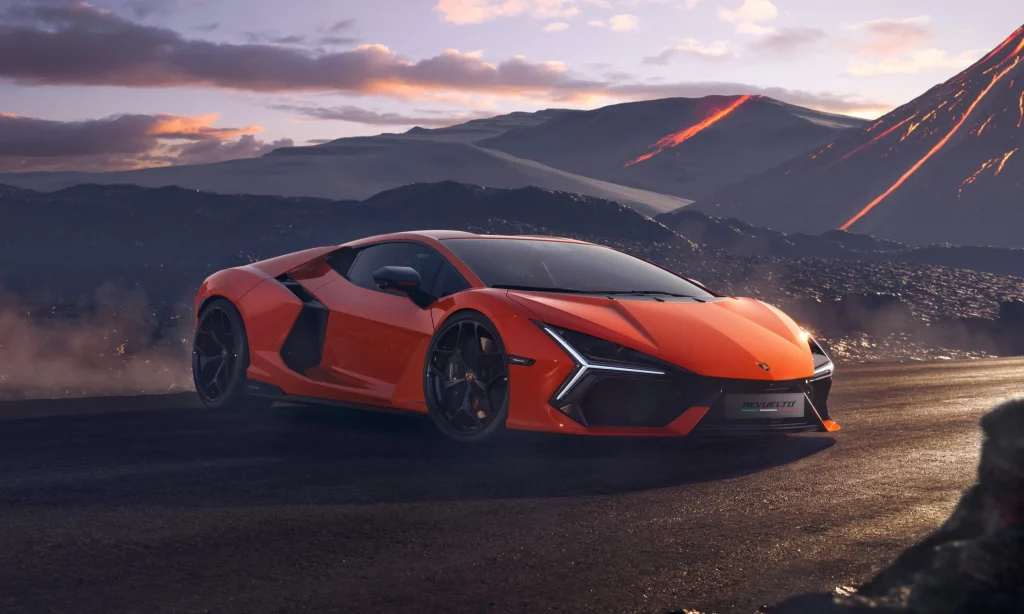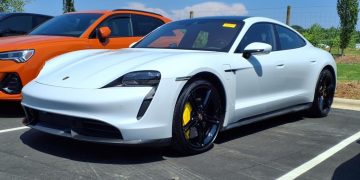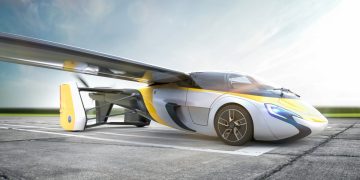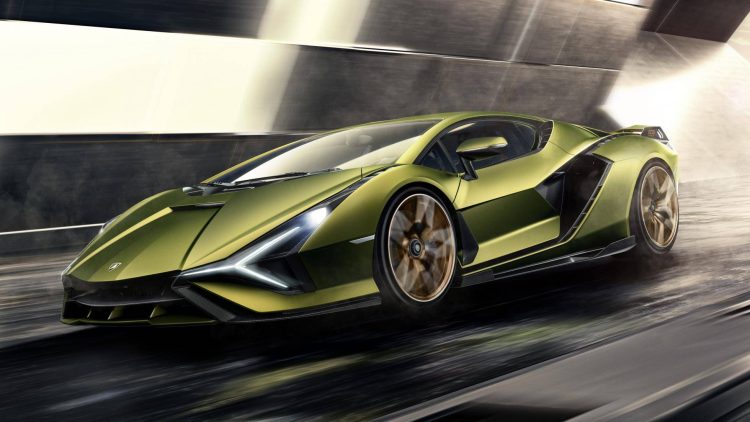The world of high-performance cars is often divided into two distinct categories: sports cars and supercars. While both are designed for speed, performance, and aesthetics, the differences between them go beyond mere horsepower and top speed. To the untrained eye, a sports car and a supercar may look similar, but the distinctions are far more profound. Understanding what separates a sports car from a supercar involves examining several key factors including performance, design, technology, exclusivity, and price.
In this article, we will explore the factors that determine the difference between a sports car and a supercar, helping you understand what makes these incredible machines unique in the automotive world.
1. Performance: The Heart of the Difference
One of the most obvious and fundamental differences between a sports car and a supercar lies in performance. While both types of vehicles are designed for speed, agility, and precision handling, supercars take performance to the next level.
Sports Car Performance:
Sports cars are designed to offer a balance of power and handling. They typically feature engines ranging from 200 to 500 horsepower, allowing for quick acceleration and top speeds in the 140-200 mph range. These vehicles are meant to be fun to drive, offering a thrilling experience without necessarily pushing the limits of what is possible.
Supercar Performance:
Supercars, on the other hand, are in a league of their own when it comes to performance. These cars boast significantly higher horsepower—often ranging from 500 to over 1,500 horsepower. Supercars are built to achieve exceptional top speeds, often exceeding 200 mph. Acceleration is blisteringly fast, with many supercars capable of going from 0 to 60 mph in under 3 seconds. This performance comes not just from powerful engines but also from cutting-edge aerodynamics, lightweight materials, and advanced suspension systems.
Key Difference:
While both sports cars and supercars are performance-oriented, supercars deliver a level of raw speed, acceleration, and handling that goes far beyond what sports cars can offer. Supercars are engineered to outperform in every aspect, from cornering to straight-line speed.
2. Design and Engineering: Aesthetic and Functional Excellence
The design of both sports cars and supercars is undeniably eye-catching, but the approach to design and engineering can differ significantly.
Sports Car Design:
Sports cars are often designed with an emphasis on balance, functionality, and usability. Their styling may be aggressive, but they tend to be more practical and usable for everyday driving. The design focuses on creating a sleek profile that reduces drag and enhances aerodynamics without compromising comfort.
Supercar Design:
Supercars are masterpieces of design and engineering, often pushing the boundaries of what is possible. These cars are built with extreme attention to detail and precision, often using materials such as carbon fiber, titanium, and lightweight composites to reduce weight while maintaining rigidity. Aerodynamics plays a huge role in the design, with features like active spoilers, diffusers, and air vents that adjust based on speed to maximize downforce and stability.
The aesthetics of supercars are often extravagant and futuristic, with unique shapes and striking lines that make them stand out from any other car on the road. They prioritize exclusivity and showmanship, turning heads wherever they go.
Key Difference:
The design of a supercar is not only about visual appeal but also about achieving the highest levels of performance through engineering innovations. Supercars often feature advanced features such as adaptive aerodynamics, bespoke wheels, and cutting-edge suspension systems that sports cars typically lack.

3. Price and Exclusivity: Beyond the Ordinary
Another defining factor that sets supercars apart from sports cars is price and exclusivity. While sports cars are certainly not cheap, supercars take luxury and rarity to a whole new level.
Sports Car Price:
Sports cars generally have a more accessible price range, starting at around $30,000 and reaching up to $200,000 for top-tier models. They are aimed at a larger market of enthusiasts and are often produced in greater numbers, making them more widely available.
Supercar Price:
Supercars, however, often have prices that begin in the $250,000 to $1 million range and can climb even higher for ultra-luxury models like the Bugatti Chiron or the Koenigsegg Jesko. Supercars are produced in limited quantities, often with only a few hundred units being manufactured each year. Their high price is not just a reflection of their performance but also the craftsmanship, materials, and exclusivity involved in creating them.
Key Difference:
Exclusivity is a significant factor in the supercar market. While sports cars are more widely available and appeal to a broader audience, supercars are designed for the elite, with their high prices and limited availability making them rare, highly sought-after collectibles. Ownership of a supercar often represents a statement of status and wealth.
4. Technological Innovation: Cutting-Edge Features
Supercars are often at the forefront of automotive technology, incorporating the latest innovations in car design, electronics, and driving dynamics.
Sports Car Technology:
Sports cars come equipped with advanced features such as adaptive suspension systems, advanced braking technologies, and smart infotainment systems. While they may not have the most groundbreaking tech, sports cars still include a range of performance-enhancing and comfort features that make driving enjoyable.
Supercar Technology:
Supercars, however, often showcase pioneering technologies that are not yet available in other vehicles. For example, many supercars come with advanced hybrid powertrains, active aerodynamics, and laser-guided suspension systems. Companies like Ferrari, McLaren, and Porsche continually push the limits of what is possible in terms of car technology. Many supercars are also equipped with track-ready systems that allow for optimal performance under extreme conditions, making them not just road cars, but competitive machines on race tracks.
Key Difference:
While sports cars often incorporate modern tech, supercars set the benchmark for innovation, featuring the latest advancements that may not appear in mainstream vehicles for years. The technology in supercars is designed to maximize performance, efficiency, and driving experience to an extraordinary degree.
5. Brand and Heritage: The Legacy of Performance
The brand and legacy associated with a sports car or supercar can also contribute to its identity. Iconic car manufacturers have built reputations based on performance, luxury, and innovation.
Sports Car Brands:
Brands like Mazda (with the Miata), Chevrolet (with the Corvette), and Porsche (with the 911) are well-known for producing sports cars that combine performance with everyday usability. These vehicles are typically designed for driving enthusiasts who value performance but also want a more practical, less exclusive vehicle.
Supercar Brands:
Supercar manufacturers such as Ferrari, Lamborghini, McLaren, and Bugatti are synonymous with extreme performance, luxury, and exclusivity. These brands are often associated with racing heritage, cutting-edge engineering, and a reputation for producing some of the fastest, most beautiful cars in the world.
Key Difference:
The brand identity is far more than just a logo; it’s about the legacy, craftsmanship, and exclusivity that the brand represents. Supercar brands are often deeply connected with motorsports, having a heritage that enhances the allure of their vehicles.
Conclusion: Sports Car vs. Supercar
While sports cars and supercars share many similarities, the differences are profound. Performance is the most obvious distinction, with supercars offering unparalleled speed, acceleration, and agility. Design and engineering further separate these two categories, with supercars boasting innovative technologies, materials, and aerodynamics that push the boundaries of what’s possible. Price and exclusivity also play a crucial role, as supercars cater to a more elite market, producing limited quantities of vehicles for a select few.
Ultimately, the difference between a sports car and a supercar comes down to the level of performance, technology, and exclusivity that each vehicle offers. While sports cars are thrilling and high-performance machines that appeal to a broad audience, supercars are the pinnacle of automotive excellence, designed for those who seek the ultimate in speed, luxury, and innovation.











































